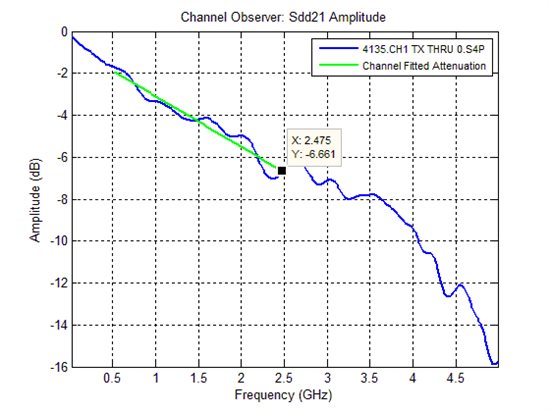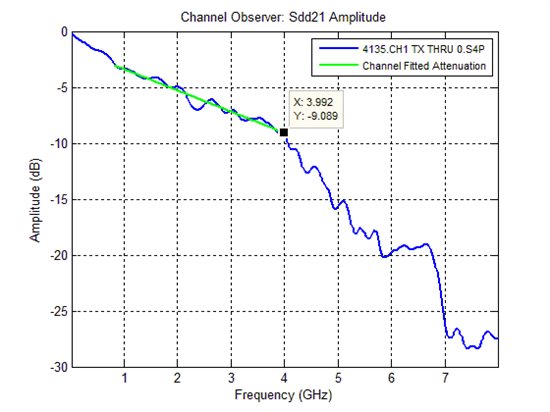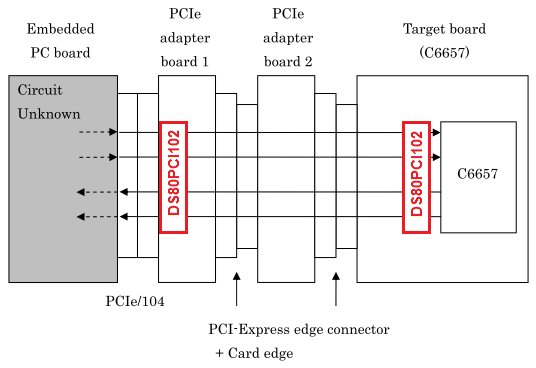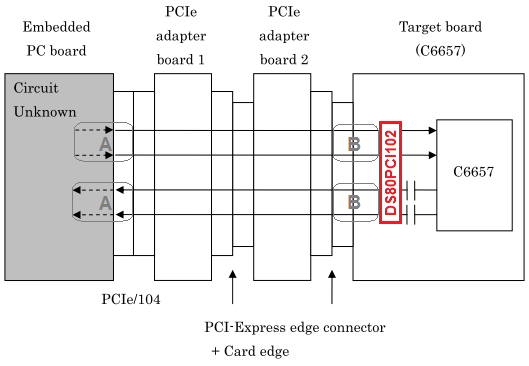For Typical Application, DS80PCI102 datasheet describes that a pair of AC coupling capacitor is placed on both a transmitter side and a receiver side.
Board Design Guidelines for PCI Express Architecture describes the AC coupling as follows.
"Cap location:
- Along Tx pairs on system board
- Along Tx pairs on add-in card"
Board Design Guidelines for PCI Express Architecture
http://www.pcisig.com/developers/main/training_materials/get_document?doc_id=6d37ec2f8543fc1f9d8ace6264d08b469f57e5f1
AC Coupling Caps (Page 15)
For general PCI Express application, a pair of AC coupling capacitor should be needed on only a transmitter side.
What are the situations that it is needed on both a transmitter side and a receiver side?
Best regards,
Daisuke






